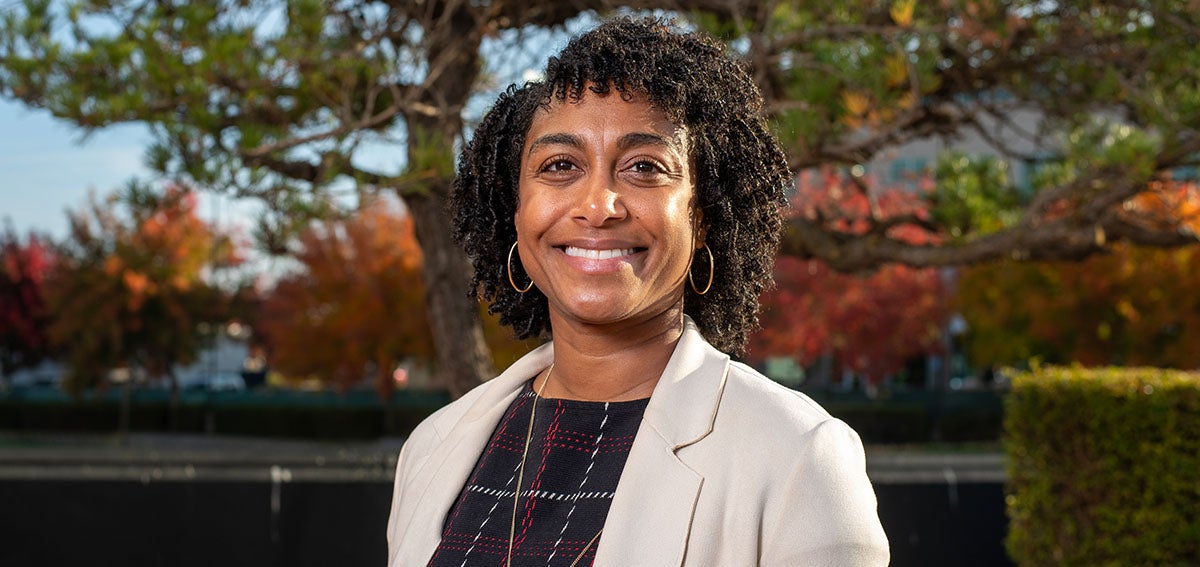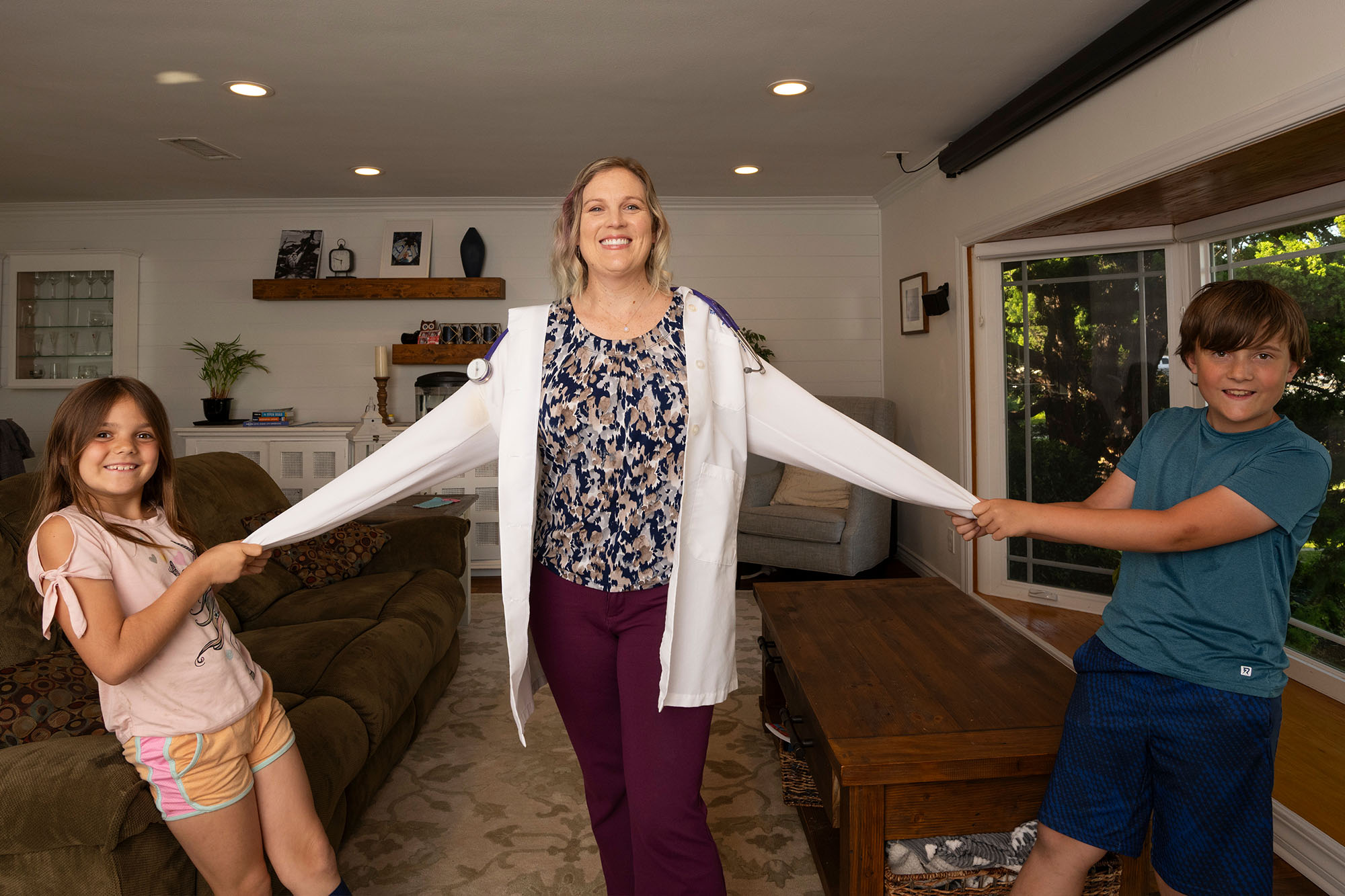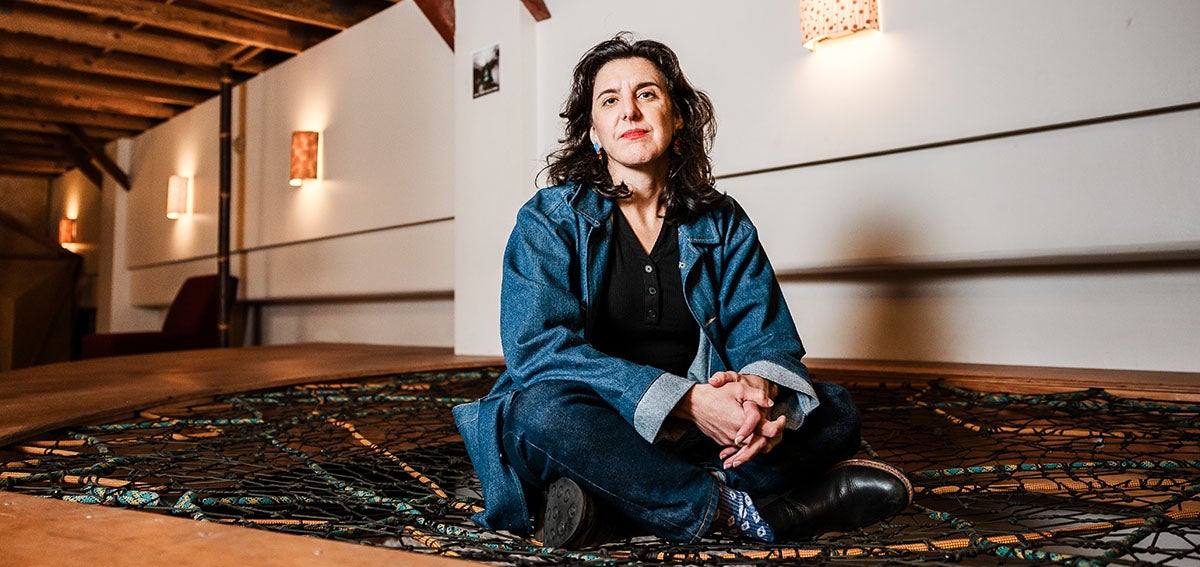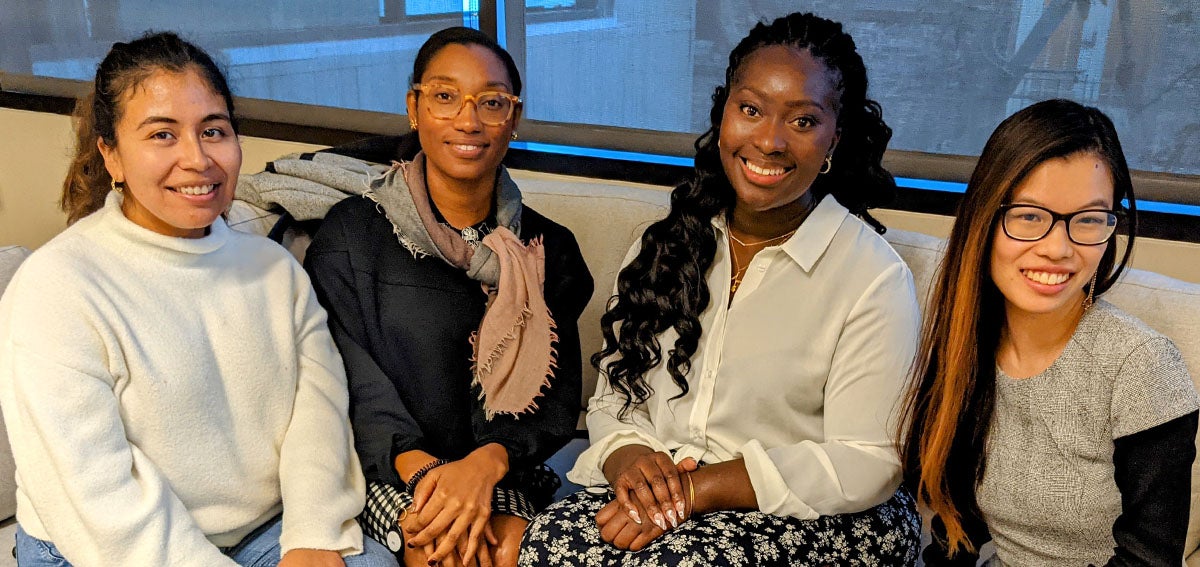|
Getting your Trinity Audio player ready…
|

In 2023, officials with the state’s health insurance marketplace, Covered California, faced a welcome but challenging dilemma: How might they invest a new revenue stream to improve the overall health of the 1.8 million Californians enrolled in the exchange’s health plans?
The available money — which totaled about $15 million in 2024 — is the byproduct of Covered California’s new Quality Transformation Initiative (QTI). It requires insurers selling health plans on the exchange to meet minimum quality and equity benchmarks for high blood pressure and diabetes treatment, colorectal cancer screenings, and children’s vaccinations. Plans that fall short of the benchmarks must pay financial penalties to Covered California. These increase over time if the plans continue to underperform.
Health plans, which participated in the QTI’s creation, had assumed the penalty money would return to them in some other form, said Monica Soni, MD, Covered California’s chief medical officer. But as she and other department officials discussed what to do with the funds in early 2023, alternate ideas emerged.
“It was pretty out of the box to say, I don’t know, can we just give it back to the people?” said Soni. “Or could we give it to primary care providers? Or should we build parks? We really started from spaghetti-on-the-wall style.”
Reinvesting Population Health Funds
The project that emerged over the next 16 months was an innovation in the world of health insurance. Covered California will take money from fines levied against health insurance companies and give it directly to their members in the form of debit cards to purchase food and financial incentives for completing childhood vaccinations. Some money will be given to medical providers serving Covered California plan enrollees to help them modernize and better serve their patients.
These distributions, called Population Health Investments or PopHI (pronounced “poppy”), aim to tackle underlying social and structural problems that contribute to poor health. Funds will be deployed starting in February 2025.
“We know that we are severely underinvesting in population health and the provision of social services across California,” said Kristof Stremikis, MPP, MPH, director of market analysis and insight for the California Health Care Foundation. Stremikis served on the independent panel that advised Covered California on where to direct the QTI money. “This generates, in a way that is unique, some additional resources that can help address important, underfunded public health priorities in the state,” he said.
Covered California Offers What PopHI Members Want
To home in on best uses for the funds, Soni and her team enlisted help from Covered California plan enrollees. They called hundreds of individuals directly and sent out thousands of electronic surveys in English and Spanish to ask what challenges enrollees faced in staying healthy and accessing care and what they thought the money should be used for. They also interviewed providers serving Covered California patients, health plans, and consumer advocates.
Almost 1,000 enrollees responded to the surveys, and another 137 participated in in-depth qualitative interviews. What emerged was a list of common concerns, including the high costs of food, housing, utilities, and transportation. Food insecurity was at the top of that list, especially for people with chronic health conditions. Soni said this is likely because many Covered California enrollees are financially stretched but earn too much to be eligible for safety-net programs, like Medi-Cal, food aid, and utility assistance. Costs are high for people with chronic health conditions because copayments for multiple doctor visits and medications can add up significantly.
“Their level of food insecurity was higher than anything I’ve ever seen published, higher than Medicaid rates,” said Soni. “Once we saw the information, we couldn’t look away. We thought, gosh, what can we do to try to make a dent in this?”
Three Population Health Investments for 2025
Covered California officials settled on three population health investments that will launch in early 2025: grocery support, a childhood vaccine incentive program, and funding for primary care practices. They did this after gathering input from a 14-member advisory council that included state health officials, health insurers, health plan public purchasers, consumer advocates, and a current Covered California plan member.
Bianca Mahmood, the Covered California consumer serving on the PopHI Advisory Council, said she’s excited for the investments to start and likes that they go beyond regular medical interventions.
“If you can’t afford food for your family, you’re not particularly focused on your lab results or making it to an appointment or preventive care,” she said. “What I like about these PopHIs is that they take into account that there are these fundamental needs that are going unmet and look at how to supplement there.”
Grocery Support
The QTI will provide at least $960 a year to Covered California members with a chronic health condition whose household income is below 250% of the federal poverty level ($37,650 per year for one person and $78,000 for a family of four in 2024) and who report food insecurity. Eligible members will be contacted directly and will receive the money in $80 monthly installments or as a lump sum at the end of the year in order to rigorously study the impact of the program. The money will be loaded onto a debit card that can be used at grocery stores, at restaurants, and for food delivery services. Larger households will receive additional money based on guidelines established by California’s food aid program, CalFresh.
Vaccine Incentives
Families with children under two years old enrolled in Covered California plans will earn up to $1,000 by completing recommended well-child visits and vaccinations. Each milestone families meet earns $50 to $150, and money will be deposited directly into their child’s CalKIDS college savings account, which parents can claim using their child’s birth certificate number. The accounts were created by the state in 2022 to help families with children save for college. There are no income requirements for the program, and families will be contacted directly to enroll in the Covered California program, although all Californians born on or after July 1, 2022, are automatically eligible for a CalKIDS account.
The college savings program aims to support kids’ health through preventive care and vaccines and to foster future financial well-being by increasing the likelihood that they will attend college, said Soni. Research shows that students from families with low and moderate incomes who have college savings accounts are much more likely to attend and graduate from a college, even when those accounts contain $500 or less.
Primary Care Practice Support
About 50 small, independent primary care practices that serve Covered California enrollees will receive technical assistance to help them improve care quality and reduce health disparities. This PopHI investment is tied to another program created by the state Department of Health Care Services that provides incentive payments to Medi-Cal providers — many of which also serve Covered California patients.
Broader Impact
With around 1.8 million enrollees, Covered California serves just a fraction of the state’s population. Still, Stremikis and Soni said they expect the PopHI initiative to have a wide-reaching impact. To improve scientific understanding of the effectiveness of different public health interventions, researchers at UCLA and UCSF will evaluate the programs, they said. At the same time, the investments and evaluation results could encourage other public health entities and states to try similar approaches.
Erika Hanson, a clinical instructor at the Center for Health Law and Policy Innovation of Harvard Law School, likened the PopHI initiative to investments of money from tobacco and opioid settlements in government public health programs. It’s also similar to investments of some taxes on sugar-sweetened beverages or various states’ requirements that Medicaid managed care plans reinvest a portion of their profits in the community. And while Medi-Cal recently began implementing one of these community reinvestment initiatives, Hanson said she had not seen anything like this implemented by a health insurance exchange. “I’ll be watching this,” she said of Covered California’s PopHI program. “If it’s successful, I think it’s really replicable and would be exciting.”
In future years, Covered California may expand PopHI interventions to issues such as improving transportation and addressing health workforce shortages. That will depend on how well plans meet performance requirements and how much is collected in penalties. Either way, said Soni, Covered California consumers win.
“If we collect zero dollars, that’s still fantastic, right? That means that we’ve really lifted the bar on quality for all 1.8 million folks that we support,” she said. “And if the plans don’t meet the benchmarks, we’re going to use those funds and redeploy them in different ways that will help with health and wellness.”
Authors & Contributors

Claudia Boyd-Barrett
Claudia Boyd-Barrett is a longtime journalist based in Southern California. She writes regularly about health and social inequities. Her stories have appeared in the Los Angeles Times, San Francisco Chronicle, San Diego Union-Tribune, and California Health Report, among others.
Boyd-Barrett is a two-time USC Annenberg Center for Health Journalism fellow and a former Inter American Press Association fellow.

José Luis Villegas
José Luis Villegas is a freelance photojournalist based in Sacramento, California, where he does editorial and commercial work. He has coauthored three books on Latino/x baseball. His work appears in the Ken Burns documentary The 10th Inning and in the ¡Pleibol! exhibition that debuted at the Smithsonian Institution’s National Museum of American History and has been appearing at museums around the country.
Villegas’s work has been exhibited at the Museum of Fine Arts-Houston; the Baseball Hall of Fame in Cooperstown, New York; and at the Oakland Museum of California. Villegas also works as a medical photographer at Shriners Hospital in Sacramento.




